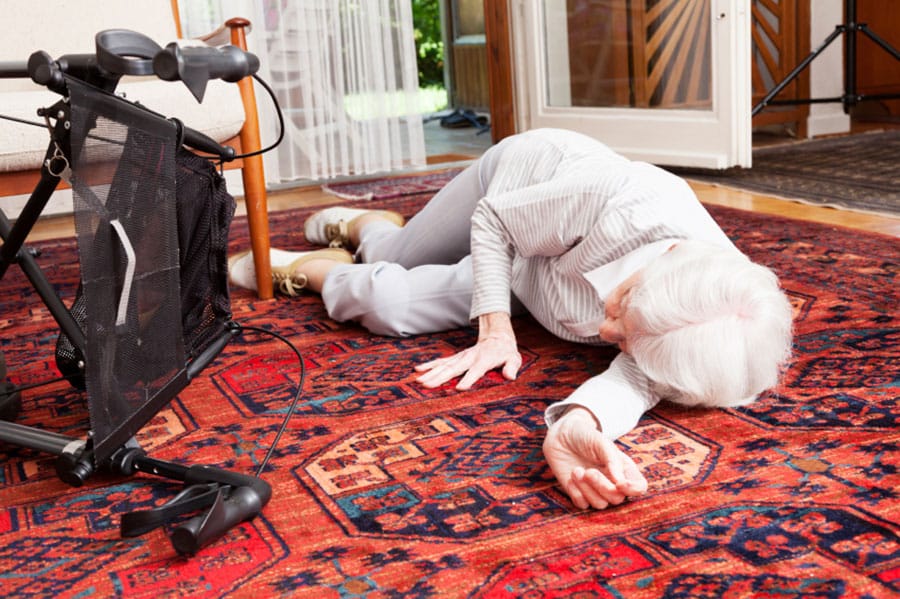Five Tips to Reach the Dominant Demographic: Marketing strategies to maximize potential with the mature market

The infamous “I’ve fallen and I can’t get up” commercials of the late 1980s garnered worldwide attention, becoming fodder for comedic sketches and parodies, and sparking discussion about advertising techniques. Even today, the phrase still conjures up images of little old ladies lying on the floor after suffering a bad fall. Although the advertisement may have illustrated the purpose of Life Alert’s medical alert system, this marketing approach would be rejected by today’s baby boomers and seniors. Today’s baby boomers and seniors see themselves as healthier and more active than previous generations and are determined to slow the aging process and age on their own terms. Companies eager to connect with the fast-growing 50+ year old market need to understand the mature consumer and their motivations and carefully tailor their marketing strategies accordingly.
As discussed in “The Biggest Market You Are Not Focused On”, the rapidly growing 50+ market now controls 70% of America’s spending power and is creating an unprecedented market dynamic. Never before has there been such an age gap between the people holding the consumption power and the business leaders and marketers trying to reach them. This has resulted in businesses missing opportunities with their biggest demographic, which feels increasingly alienated. For example, although mature women account for almost half of the beauty spending in North America, almost 70% of women in this demographic feel ignored by the fashion and beauty markets.
Selling to Mature Consumers:
Much as marketers invest considerable resources to better understand the younger demographics, so too must they develop an acute understanding of, and respect for, the aging consumer. As the mature consumer holds the majority of economic power, it is essential for businesses to incorporate this market’s desires into product design and marketing strategies. The strategies needed to service the maturing market are not the same as those needed for the younger demographic. For companies considering targeting the maturing market, below are some critical considerations:
1. Understand your target. Baby boomers and seniors cannot be lumped into one homogeneous group. Their needs and attitudes will vary based on a range of factors including health, education, lifestyle, happiness-level and experiences. New products and services or marketing strategies must be crafted with extensive awareness of these attributes and their impacts.
2. Be respectful. Often frustrated with society’s portrayal of them as frail and decrepit, mature adults do not want to be seen as invalids or treated as children. Most mature adults see themselves as approximately 10-15 years younger than their actual age — so treating them as old or using pictures of infirm individuals will be off-putting. Ideas and images that are optimistic, aspirational and respect their current life stage are important to create a connection.
3. Optimize product design for their needs. Individuals experience physical changes as they age. Products
and services designed for this demographic must recognize these evolutions and design for them accordingly. Ensuring that any mature adult can use a product without strain or discomfort will improve its chance of success. Furthermore, these design features must trickle down right to the smallest details such as ensuring instruction manuals are written in a font size and style that are easy to read and come in packaging that is easy to open.
4. Focus on Substance not Flash. Aging individuals tend to be more rational and structured in their decision making than their younger counterparts and are more interested in the information about a product rather than flashy appeal. Take the time to educate them properly and do so in clear and direct language.
5. Help them maintain their independence. The overwhelming majority of individuals want to age with dignity and independence, without being a burden on their loved ones. Developing products that help individuals maintain their independence and lifestyle, along with marketing materials that clearly communicate this benefit, will be attractive to aging individuals.
Life Alert recognized the incredible opportunity that exists within the mature market, and they designed a product to help fulfill one of their target market’s desires of increasing independence. The Life Alert commercials, however, portrayed mature adults as weak, vulnerable and in desperate need of someone else’s help. Although aging adults may need additional supports, communicating these concepts in a more positive, respectful and empowering manner will resonate much more powerfully with the mature market and avoid a company or marketing campaign from taking a painful tumble of its own.
Bring the best of the CEOWORLD magazine's global journalism to audiences in the United States and around the world. - Add CEOWORLD magazine to your Google News feed.
Follow CEOWORLD magazine headlines on: Google News, LinkedIn, Twitter, and Facebook.
Copyright 2025 The CEOWORLD magazine. All rights reserved. This material (and any extract from it) must not be copied, redistributed or placed on any website, without CEOWORLD magazine' prior written consent. For media queries, please contact: info@ceoworld.biz










